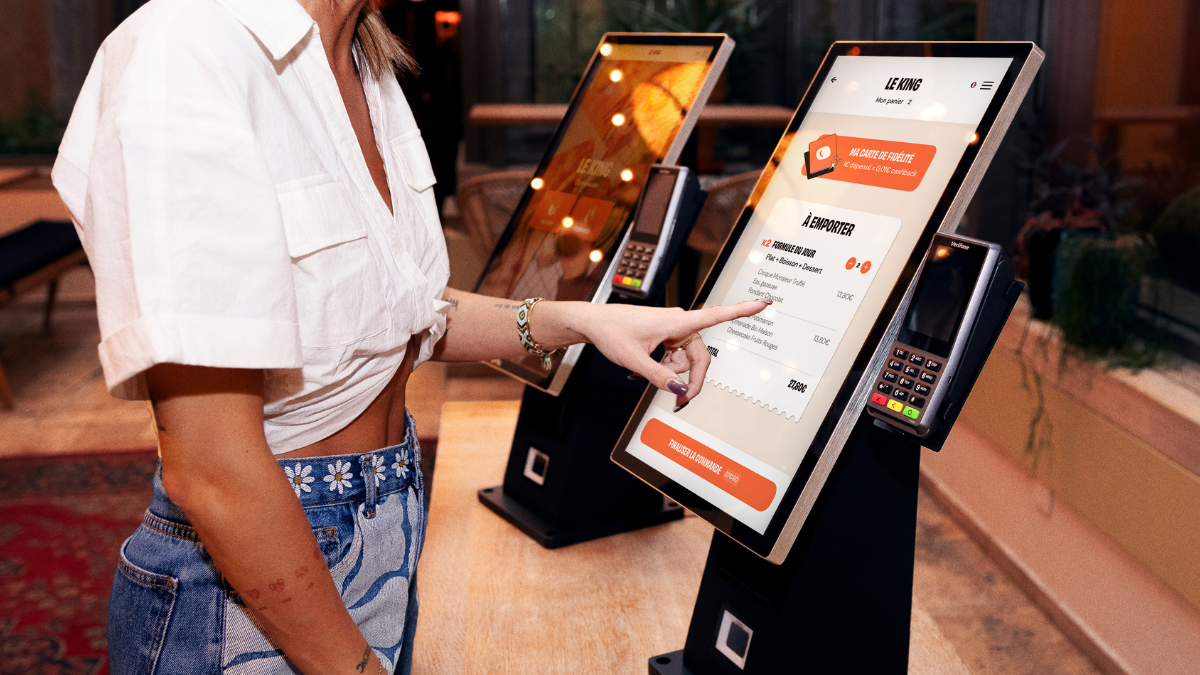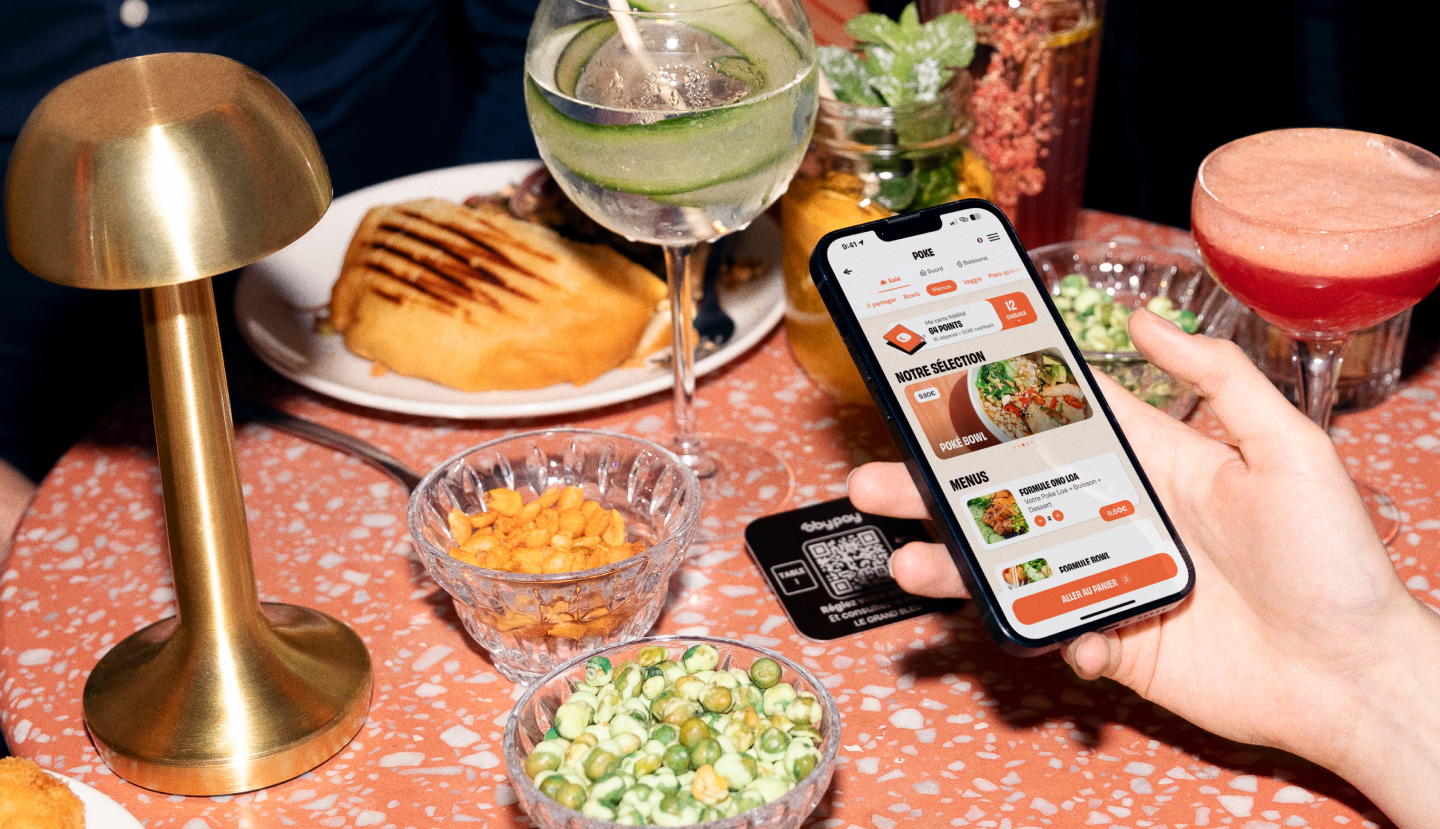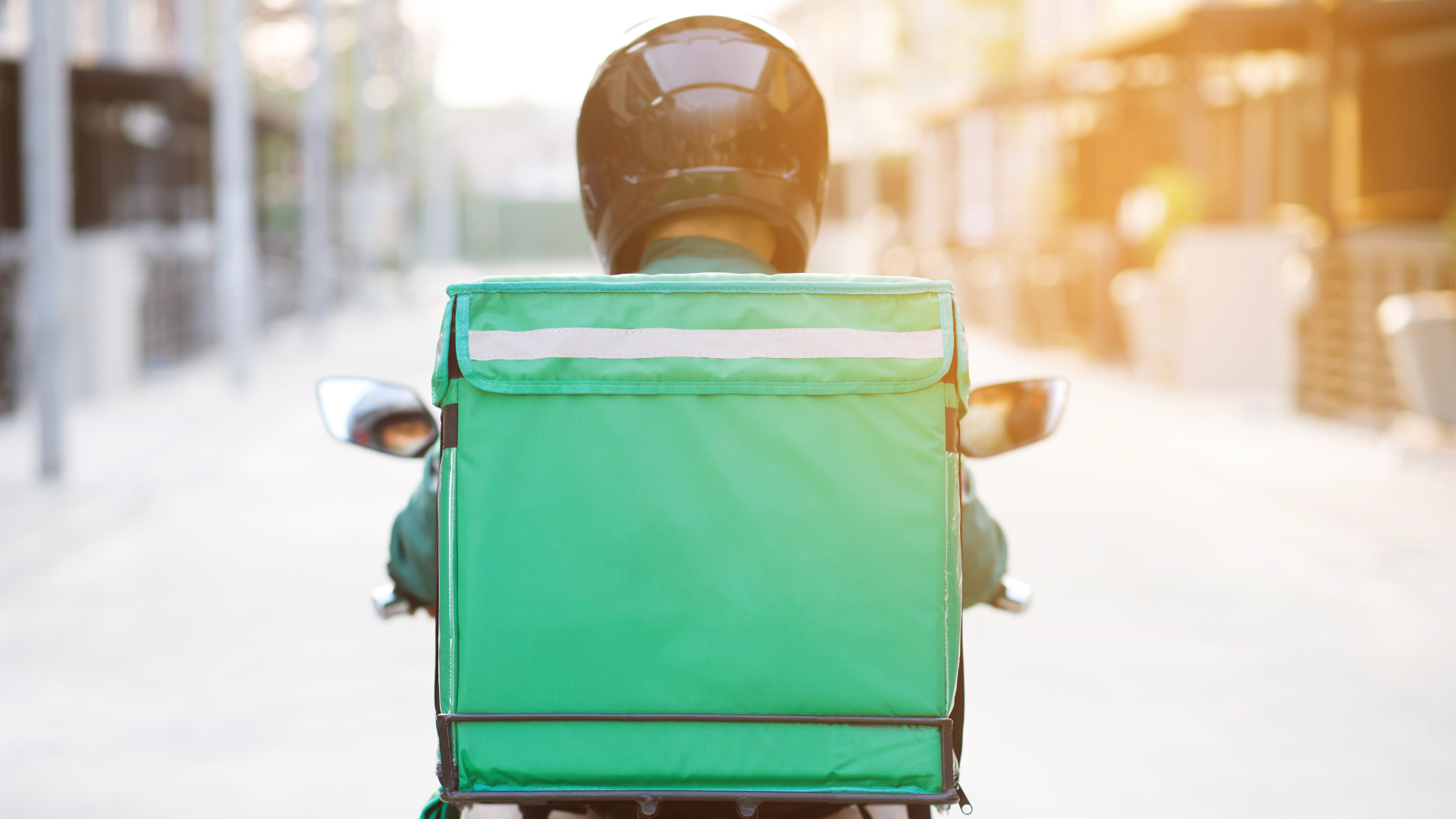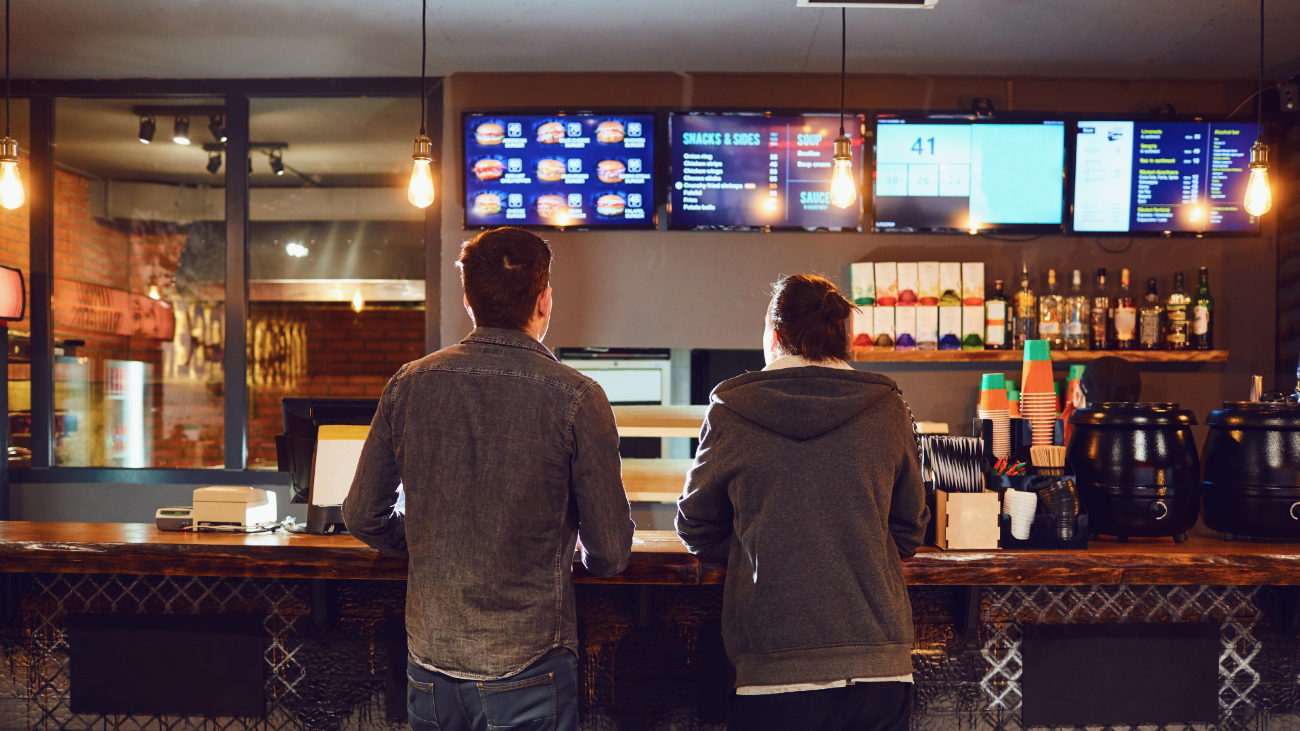Restaurants: how to boost tips?
July 26, 2024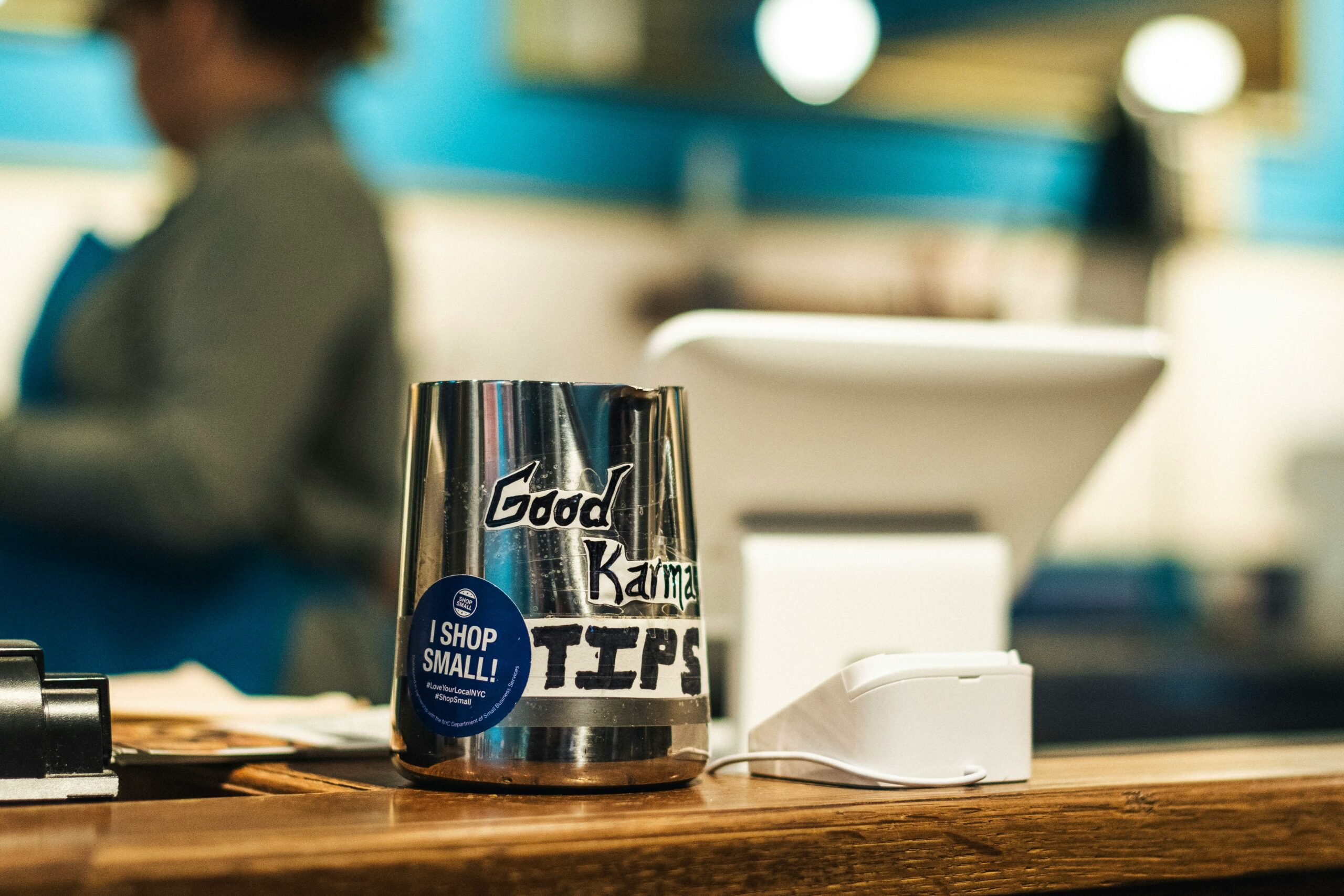
In the restaurant business, tips are much more than a simple gesture of thanks; they're essential for motivating your employees, and a very good gauge of your customers' satisfaction.
However, in France, this practice is neither systematic nor well understood. With changing payment methods and consumer expectations, it's becoming crucial for restaurateurs to find effective ways of encouraging customer generosity.
You're wondering how can you improve the customer experience and boost your team's motivation by optimizing tips in your establishment? This is where it all happens.
We take a closer look at the specifics of tipping culture in France, the reasons why it's important to maximize tips, and above all, we suggest some concrete strategies for doing so.
What's a "French" tip?
A different tipping culture
In France, tipping is a customary and not obligatory practice, often perceived as a gesture of satisfaction. Traditionally, customers leave between 5 and 20 % of the bill as a tip, but this practice is not widespread. A YouGov study shows that only 34 % of French people systematically leave a tip after a mealcompared with nearly 70 % for the Germans and Americans.
Service Compris VS Tips
A common confusion in France is the difference between "service compris" and gratuity. The service, often 15% included in the bill, is an integral part of the waiter's salary, while the tip is an additional gesture of satisfaction on the part of the customer. Many customers think that service included dispenses with the need to tip (which is not the case!).
Did the CB kill me?
Tips have fallen in recent years, from 20 % of addition a few decades ago to 3 % today.
Traditionally, tips were given in cash: customers left coins or bills in cash after paying their bill. But today, with the rise of bankcard and contactless payments, this habit has greatly diminished.
More and more people are using their cards or phones to pay for their purchases, and carrying less cash with them. This change has made cash payment much less common. When customers don't have cash when they pay, it's harder for them to leave a tip.
What's more, electronic payment systems don't always make the tipping process obvious. Customers don't always think of tipping by card, especially if the options for doing so are not clearly visible or easy to use. This shift towards electronic payments has led to a decline in tipping, mainly for practical reasons (a bit of a shame, don't you think?).
Why should I try to increase tips in my restaurant?
At this stage, you might be wondering whether it's really crucial to increase the tips received by your servers. Think again. Although tips don't directly affect your bottom line, neglecting this source of remuneration could jeopardize the stability of your team. If you're hoping to retain the best members of your team and keep staff motivated, it's vital to pay attention to tips.
Increasing tips in a restaurant isn't just a question of extra income for waiters. It's also a strategic way of improving the overall service and customer experience.
✔ Staff motivation and commitment
✔ Turnover reduction
✔ Reducing absenteeism
✔ Improving Customer Satisfaction
✔ Strengthening team cohesion
Convinced? Let's get to the heart of the matter.
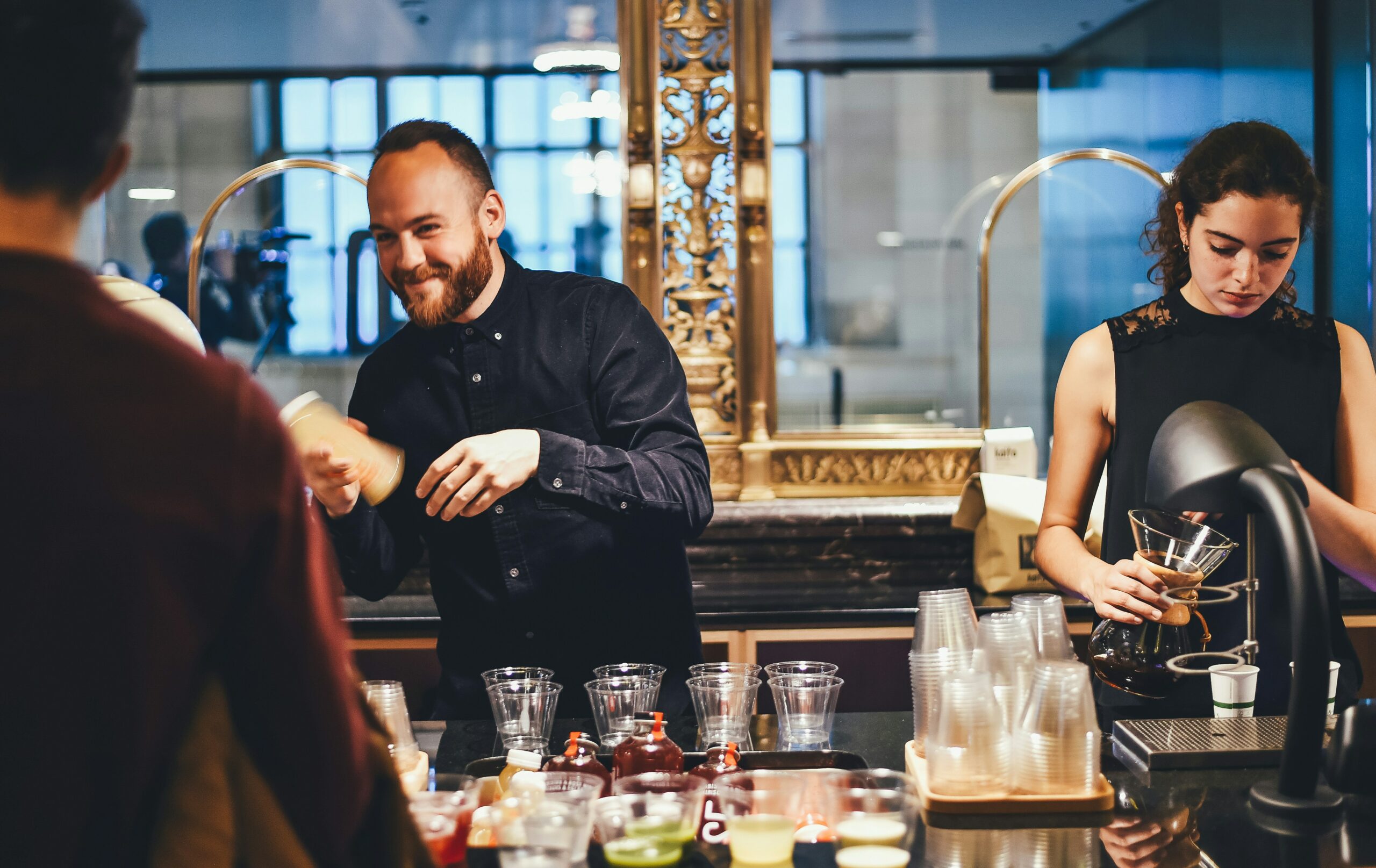
How can I increase tips in my restaurant?
1/ Simplifying the payment process
Context of traditional regulations
In the traditional restaurant business, the payment process can be lengthy. The waiters have to bring the bill, wait for the customer to check the amount, collect the cash payment or return with the card machine, process the payment, go to the cashier and then return with the receipt. This series of actions can take several minutes, especially during rush hours, when customers may become impatient.
Not to mention the fact that this loss of time considerably reduces the number of rotations of your tables, having a direct impact on your facility's occupancy rate.
Payment at the table: speed and fluidity
With payment at the tablethe payment process becomes much faster and smoother. Customers no longer need to wait for waiters at checkout, reducing waiting time and increasing customer satisfaction. By eliminating the back-and-forth, waiters have more time to attend to customers' needs during service, who show their satisfaction with more generous tips; on average, plus 30% with the Obypay solution.
In concrete terms?
Imagine a customer in a hurry during their lunch break. The ability to pay at the table directly from your phone reduces the stress of waiting and dramatically improves the experience. A satisfied customer, aware of the fast and efficient service, will be more inclined to leave a larger tip. (and to come back!).
2/ By offering tips on credit card payment terminals
The limits of cash payment
Cash payments often result in lower tips. Customers may not have enough change on them or may be embarrassed to simply give change, leading them to leave a smaller tip.
The advantages of card payments
Payments by credit card and via apps like Apple Pay or Google Wallet offer real flexibility for tipping. Customers choose the exact amount they wish to tip without being limited by the currency available. What's more, it's psychologically easier for customers to leave a larger tip when paying by card.for the act of paying with money ".virtual" is less tangible than paying with physical money.
In concrete terms?
Instead of fumbling in their wallets for bills and coins, customers use their bank cards or smartphones to pay. The payment terminal allows them to add a tip with a single click, making the process quick and frictionless. The ease of use and precision of this method of payment encourages higher tips than those left in cash.
3/ By offering predefined tip options
The Psychology of Tipping
Customers don't always know how much to tip. Suggesting predefined options can guide them in this decision. By offering suggestions such as 10%, 15% or 20%, these systems establish a social norm for tips.
Ease of use & positive influence
Predefined options simplify the task for your customers, avoiding mental calculation or hesitation. What's more, these suggestions subtly encourage higher tips. For example, if the suggested options are €3, €3.5 and €5, the customer is less likely to choose a tip of less than €3, leading to an overall increase in tips.
In concrete terms?
During a dinner in a restaurant, a customer uses payment at the table. When the customer is about to pay the bill, the terminal displays three tip options: 2€, 2.5€ and 4€. The customer, appreciating the service, selects 2.5€, influenced by the suggestions. This standardizes and increases the amount of tips received by staff.
Increase tips, simplify service and reduce turnover with a single solution? No way.
Yes, it is! Here's the proof, 1000 establishments have already adopted our pay-at-table solution !
Result: an average 30% increase in tips, smooth service and loyalty among their teams and customers alike!
Don't want to miss out? We're available to discuss it!









